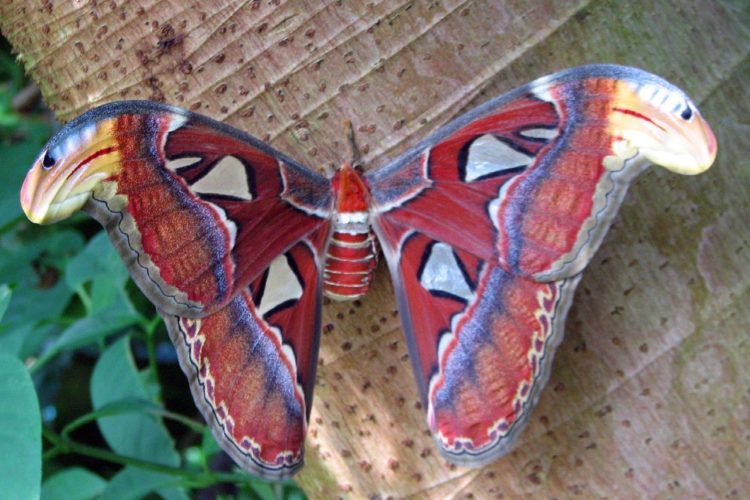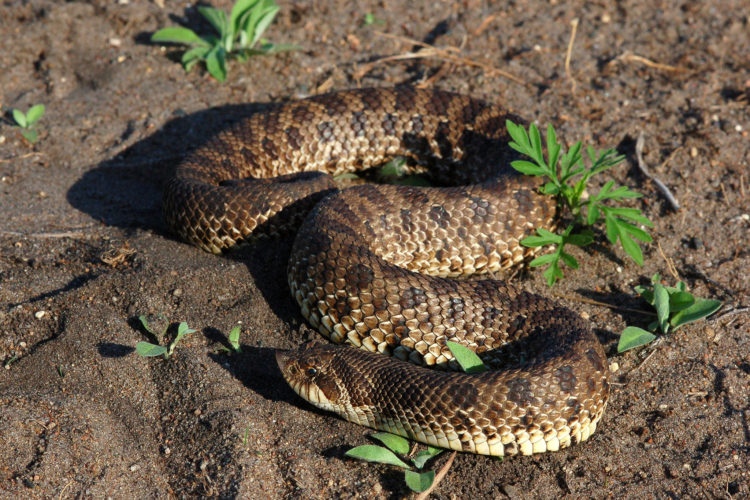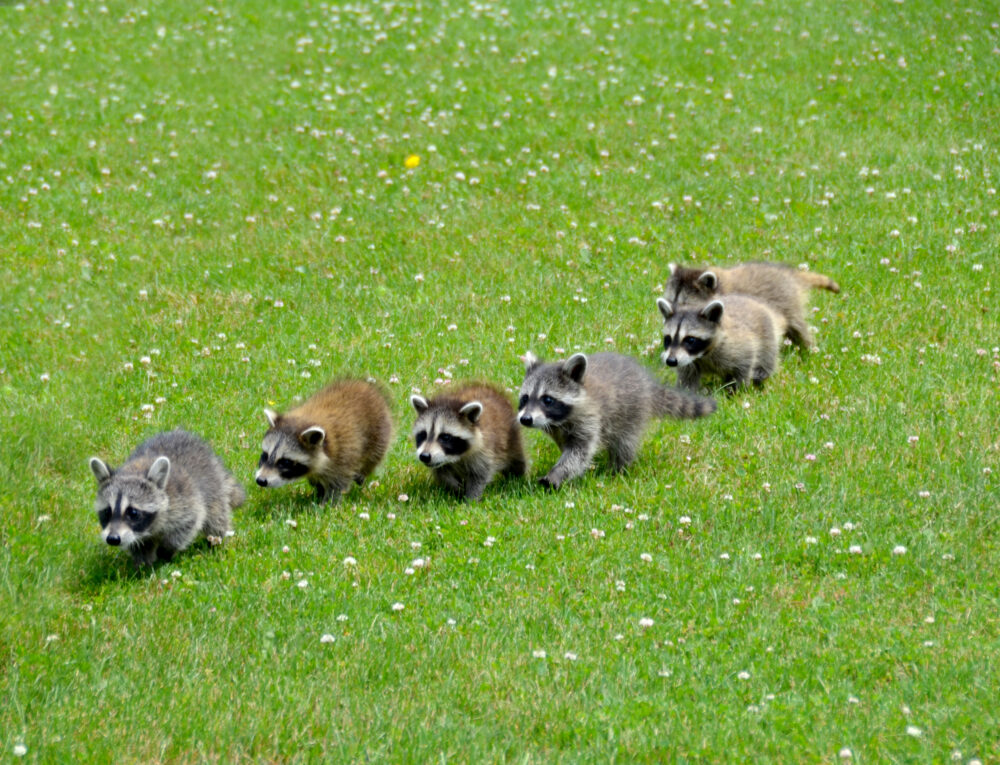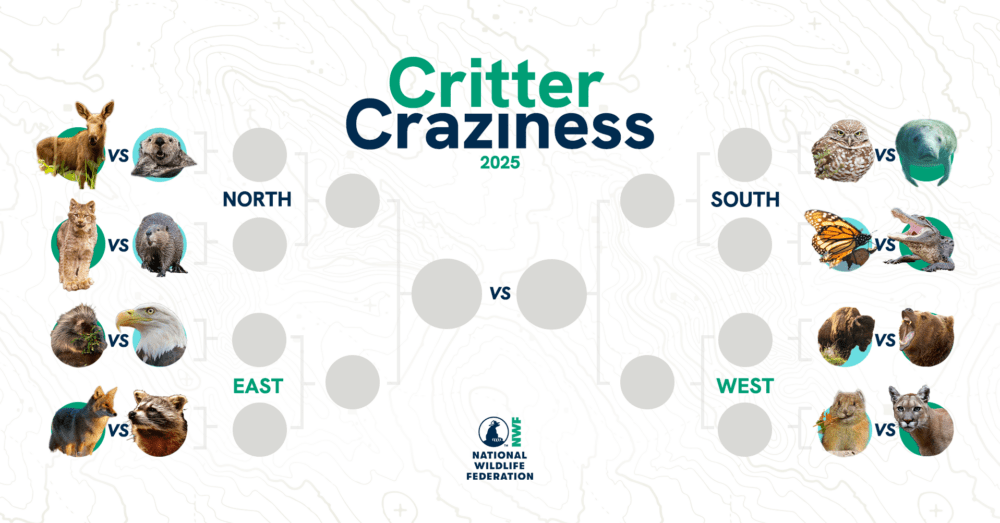We have much more to do and your continued support is needed now more than ever.
Defensive Mimicry: Wild Wizards of Trickery and Illusions
In celebration of how fascinating nature can be, here is the second installment of animal mimics, focusing on using impersonations as a defense against predation.
Atlas Moth
Common across the Malay Archipelago is a moth that mimics a butterfly with its beauty and grandeur. But upon closer inspection, butterfly coloration is not all this moth is packing.

When the insect is threatened, it will drop to the ground, rumble its wings, and imitate the movement of a snake’s head and neck.
Another interesting fact is the Atlas moth is the largest moth in the world with a wingspan of up to one foot. The cocoon is so large that it is used to make purses in Taiwan and have been widely circulated throughout other parts of Asia.
Mimic Octopus
A psychedelic trickster from the deep sea is the mimic octopus. Usually when an octopus is threatened, it hides behind a cloud of ink, but this imposter has a few new tricks up its sleeve.
Discovered in 1998 off the shores of Indonesia, the mimic octopus is often unable to escape from its predators. This cephalopod prefers a game of wits over chase. It has adapted the ability to shape shift into 15 different poisonous species of sea life to avoid being someone’s dinner. The ability of this harmless species to mimic the shape and/or coloration of a harmful species is called Batesian Mimicry.
[youtube]https://www.youtube.com/watch?v=t-LTWFnGmeg[/youtube]Video from FullKanal
A team of researchers from the University of Leeds in England documented the fabrication of the mimic octopus in the September 7th issue of the Proceedings of the Royal Society of London.
Western Hognose Snake
Like it’s far far far distant cousin from the sea, the western hognose snake also fakes death. However, unlike the sleeper cichlid, this native snake falsifies the eternal rest not as a hunting strategy, but rather as a defensive mechanism designed to drive away predators.
This snake is certainly not shy about putting on a show. The western hognose begins its performance by having spasms, rolling over on its back and lying motionless. But that’s only enough to get you to intermission.

Satanic Leaf-Tailed Gecko
Watch your step! That leaf pile you are walking through may not be made up of leaves at all. Meet the satanic leaf-tailed gecko endemic to the forests of Madagascar.
This miniature gecko has sublime camouflage: the coloration and texture of their skin resemble insect-eaten foliage to help it blend into the trees. This cloak of invisibility allows the gecko to hide from predators and also to catch oblivious insects. The horns over the red eyes are what earned this gecko its name, but don’t worry they’re not as devilish as the name suggests.
[youtube]https://www.youtube.com/watch?v=xPz3EhejrNI[/youtube]Video from MuldersWorld.com
The major threats to this species are unfortunately caused by human hands. Not only is it commonly exploited the pet trade, making it in the World Wildlife Fund’s 2004 list of “ten species most threatened by the illegal wildlife trade”, but rampant deforestation due to logging, agriculture, and cattle grazing are responsible for over half of its forest being lost.
Join NowJoin the National Wildlife Federation to help conserve habitat for native wild wizards like the western hognose snake and more!





















